The Science of Neuroplasticity and Brain Health
Introduction
Neuroplasticity, also known as brain plasticity or neural plasticity, is the ability of the brain to change throughout an individual's life. The concept of neuroplasticity has replaced the formerly-held position that the brain is a physiologically static organ, and explores how - and the extent to which - neurons in the brain can reorganize themselves in response to new information, development, damage, or stimulation.
Understanding Neuroplasticity
Neuroplasticity is the umbrella term for a series of processes that occur in the brain over a lifetime. These processes involve the production of new neurons, non-neuronal cells (such as glial cells), and the connections between neurons. The ability of the brain to reorganize its connections is essential for learning new information, adapting to new situations, and recovering from brain injuries.

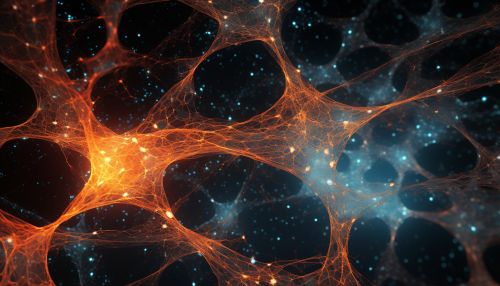
The study of neuroplasticity is a vast and complex field, with research encompassing multiple disciplines including neuroscience, psychology, and biology. The understanding of neuroplasticity has evolved over time, with many of the early beliefs about the brain's plasticity being challenged and revised.
Mechanisms of Neuroplasticity
There are several mechanisms through which neuroplasticity occurs. These include synaptic plasticity, axonal sprouting, and neurogenesis.
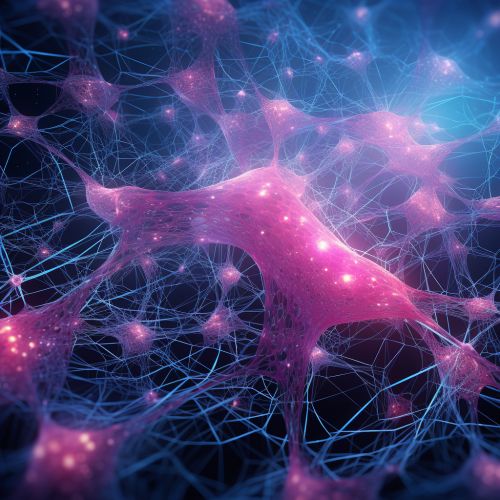
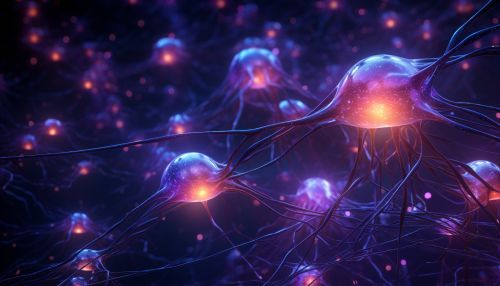
Synaptic plasticity is the ability of synapses to strengthen or weaken over time, in response to increases or decreases in their activity. This is thought to be the primary mechanism behind learning and memory.
Axonal sprouting is the formation of new axons - the long, threadlike part of a nerve cell along which impulses are conducted from the cell body to other cells. When a neuron is damaged, axonal sprouting can occur in which healthy neurons grow new nerve endings to reconnect neurons whose links were injured or severed. This process can result in rapid recovery in certain types of brain injury.
Neurogenesis is the process by which new neurons are generated. For many years, it was believed that neurogenesis only occurred during development and that it ceased before birth. However, recent research has shown that neurogenesis can occur in certain areas of the brain during adulthood.
Neuroplasticity and Brain Health
The concept of neuroplasticity has significant implications for brain health. It suggests that the brain is capable of developing new neural pathways to adapt to its environment, learn new information, and recover from brain injury. This has led to new therapies and treatments for a variety of neurological conditions, including stroke, traumatic brain injury, and neurodegenerative diseases such as Alzheimer's disease.


Neuroplasticity and Learning
Neuroplasticity plays a crucial role in learning. When we learn something new, our brain changes. This change, or plasticity, involves the strengthening of the connections between neurons that are involved in the learning process. This strengthening of connections, also known as long-term potentiation, allows the neurons to communicate more effectively with each other, and is the basis for learning and memory.
Neuroplasticity and Brain Injury
Neuroplasticity also plays a key role in recovery from brain injury. Following an injury to the brain, the areas of the brain involved in functions such as movement and speech can be damaged. However, due to neuroplasticity, other areas of the brain can take over these functions through a process known as functional reorganization.
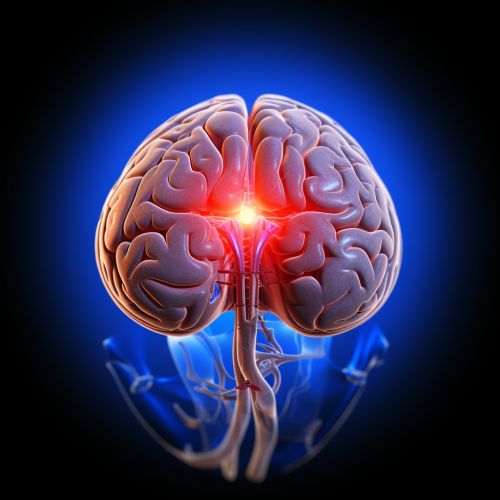
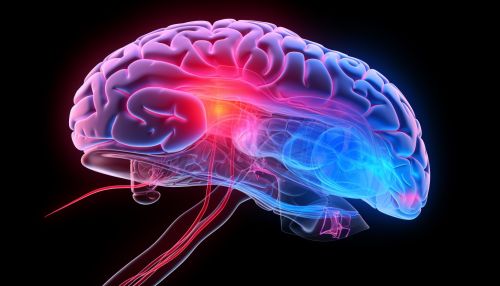
This process can be supported through therapies that encourage the brain to relearn functions, such as physical therapy for movement, or speech therapy for language skills. This is a key area of research and treatment development in neurorehabilitation.
Neuroplasticity and Aging
Neuroplasticity also has implications for aging. As we age, our brains naturally undergo a process of atrophy where neurons are lost, and cognitive functions such as memory and attention can decline. However, research has shown that this process can be slowed, and cognitive function maintained, through activities that stimulate the brain and promote neuroplasticity.
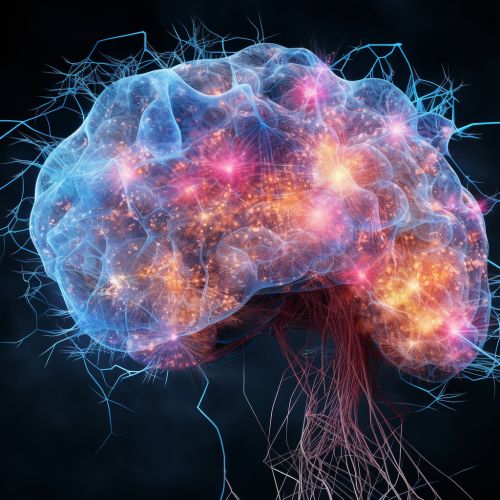

Such activities can include physical exercise, cognitive training, and social activities. This has led to the development of interventions aimed at promoting brain health in older adults, such as brain training programs and lifestyle modifications.
Conclusion
The science of neuroplasticity is a rapidly evolving field that holds great promise for our understanding of the brain and the development of new treatments for neurological conditions. It challenges our previous conceptions about the brain's capacity for change and adaptation, and opens up new possibilities for promoting brain health throughout the lifespan.
